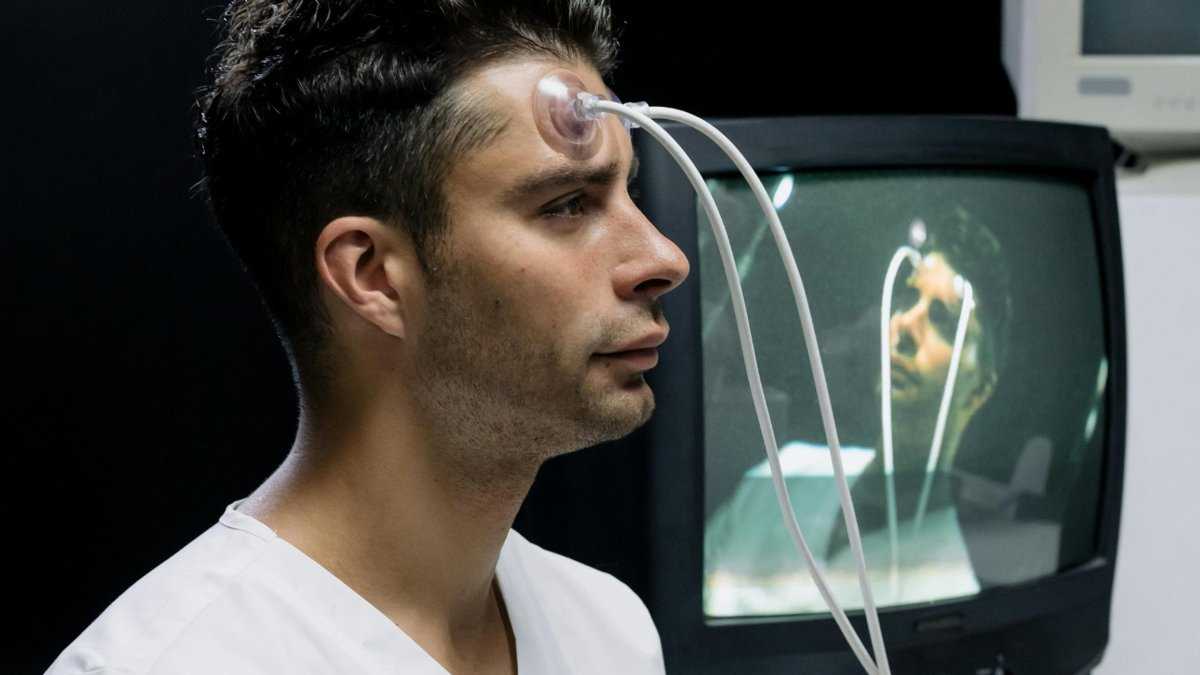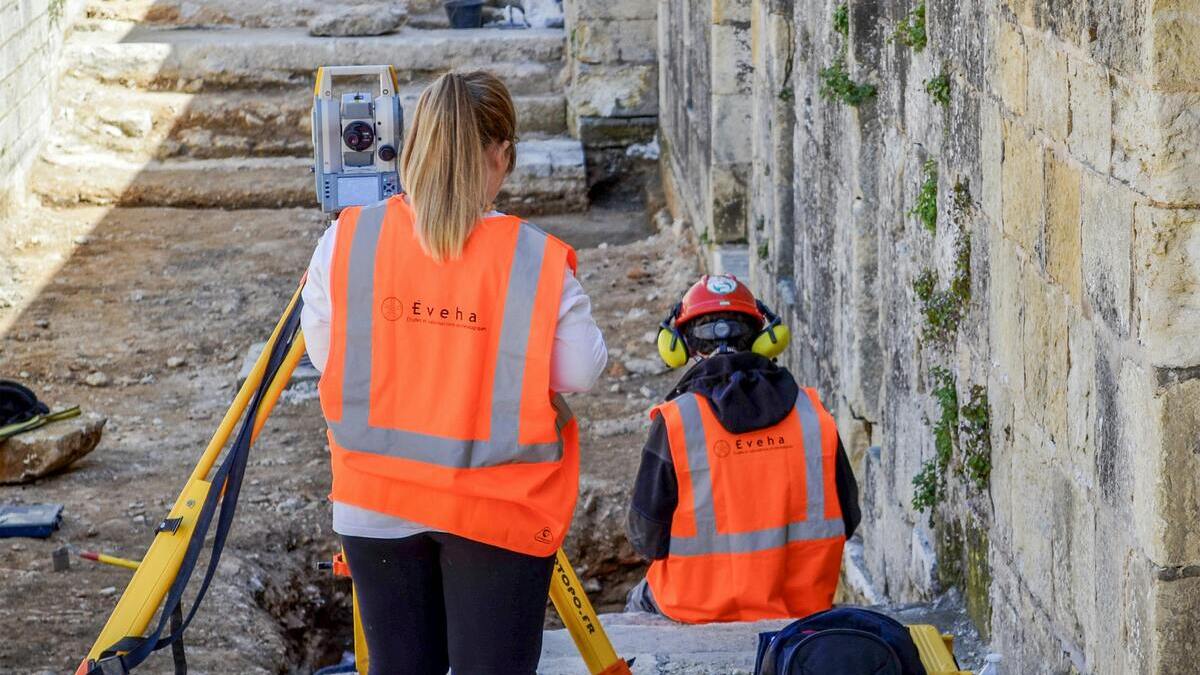Science
The Pandas’ Secret: New Study Reveals Unforeseen Intelligence and Tool Use
11 December 2025

Will we ever be able to transfer our thoughts, memories, and consciousness to a machine? While it sounds like a science fiction movie scenario, scientists are taking this idea increasingly seriously. The concept known as mind uploading to computer fascinates both researchers and futurists, though its realization still seems distant.
Imagine your memories, way of thinking, and who you are being saved into a computer system. Not as a backup, but as a fully conscious version of yourself. Without a body, but with a mind. Sounds like science fiction? That’s exactly what mind uploading to computer is. It’s an attempt to create a digital existence that can last forever.
In a virtual world where physics operates on different principles, a digital consciousness could eat virtual food, fly, travel to planets, or pass through walls. Limitations? Only those imposed by technology and the current state of knowledge. Professor of Psychology Dobromir Rahnev from the Georgia Institute of Technology does not rule out this possibility.
“Theoretically, mind uploading is possible. However, we are currently very far from this goal,” he writes on The Conversation.
Despite this, interest in the topic does not wane. In the history of science, many things once seemed impossible until they were finally achieved.
Read more: Where Ethics Meets Science: Which Part of the Brain Controls Morality?
The human brain remains one of science’s greatest mysteries. It’s a system composed of approximately 86 billion neurons and trillions of connections that are constantly changing. For mind uploading to computer to be possible, the first step must be to develop an accurate, three-dimensional map of this structure.
This requires scanners significantly more powerful than today’s MRI – capable of mapping every neuron and its activity. So far, scientists have managed to scan the brain of a fruit fly and small fragments of a mouse’s brain. However, this is like trying to map the Sahara with only a view of a sandbox. Even if we manage to capture every detail, the question still remains: how does the brain process information?
“We don’t know the level of detail at which the brain needs to be modeled for consciousness to work,” admits Rahnev.

Even if mind uploading to computer becomes technically possible, a digital version of the brain alone won’t be enough. Such a mind needs access to the world, stimuli, sensations, and signals from the environment. Sight, hearing, touch, smell, pain, or thirst – all of these must be simulated.
Otherwise, digital consciousness might resemble something disturbing.
“Sensory deprivation, or the lack of stimuli, is known as a form of torture,” warns the scientist.
Lack of contact with the environment can lead to hallucinations, mental disorders, and even identity disintegration. Mind uploading to computer also appears in the series “Black Mirror”. There, the protagonist’s consciousness is trapped in a digital copy, experiencing loneliness and suffering in an infinite time loop. This fictional scenario shows the dark consequences of technology which, though promising, could become a tool of torture if ethical boundaries are lacking.
Therefore, the virtual environment must be not only detailed but also adapted to the needs of a specific consciousness. And that means enormous demands on computers and artificial intelligence.
See also: The Recipe for Genius. How Ordinary Cities Ensured Extraordinary Development
Is a faithful recreation of the entire brain necessary? Some scientists believe that understanding the principles of its operation might be the solution. If we could grasp how the brain generates thoughts, mind uploading to computer might be possible in the form of a simplified but functional model.
This approach is similar to designing a car: it’s better to understand how the engine works than to try to replicate every component without knowing its function. The problem is that we don’t yet know how thoughts are formed.
“It’s hard to express how far we are from such knowledge,” says Rahnev.
Moreover, scientists today cannot effectively replace even a single real neuron with its artificial version.
Some futurists predict a breakthrough in 2045. Others point to the end of the 21st century. Professor Rahnev, however, tempers these hopes:
“I would be shocked if mind uploading worked within the next 100 years.”
In his opinion, a more likely scenario involves two centuries of work and technological development. Nevertheless, billionaires dreaming of immortality are already investing in research on mind uploading to computer. And it’s no surprise; the idea of digital life has enormous potential.
Artificial intelligence, quantum computers, and robotics could significantly accelerate this process. However, for now, mind uploading to computer remains more of a vision than a research project.
It is unknown whether this goal will be achieved in 50, 100, or 200 years. But one thing is certain. If it happens, not only science but all of humanity will change. Perhaps the person who will be the first to experience life without a body but with a mind confined to a machine has already been born today.

Truth & Goodness
10 December 2025


Zmień tryb na ciemny